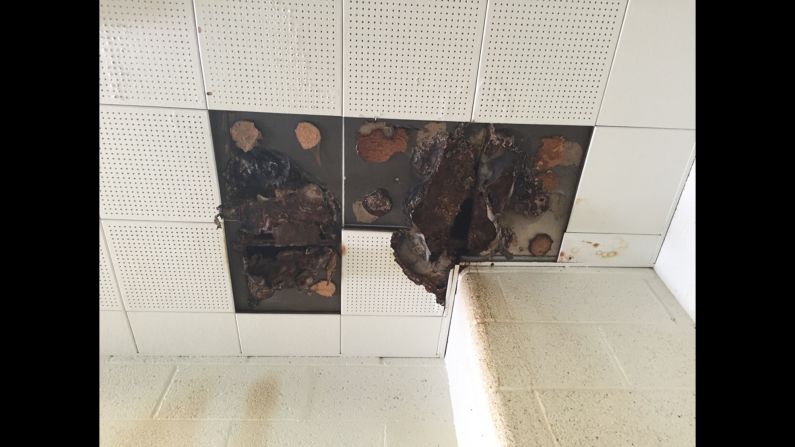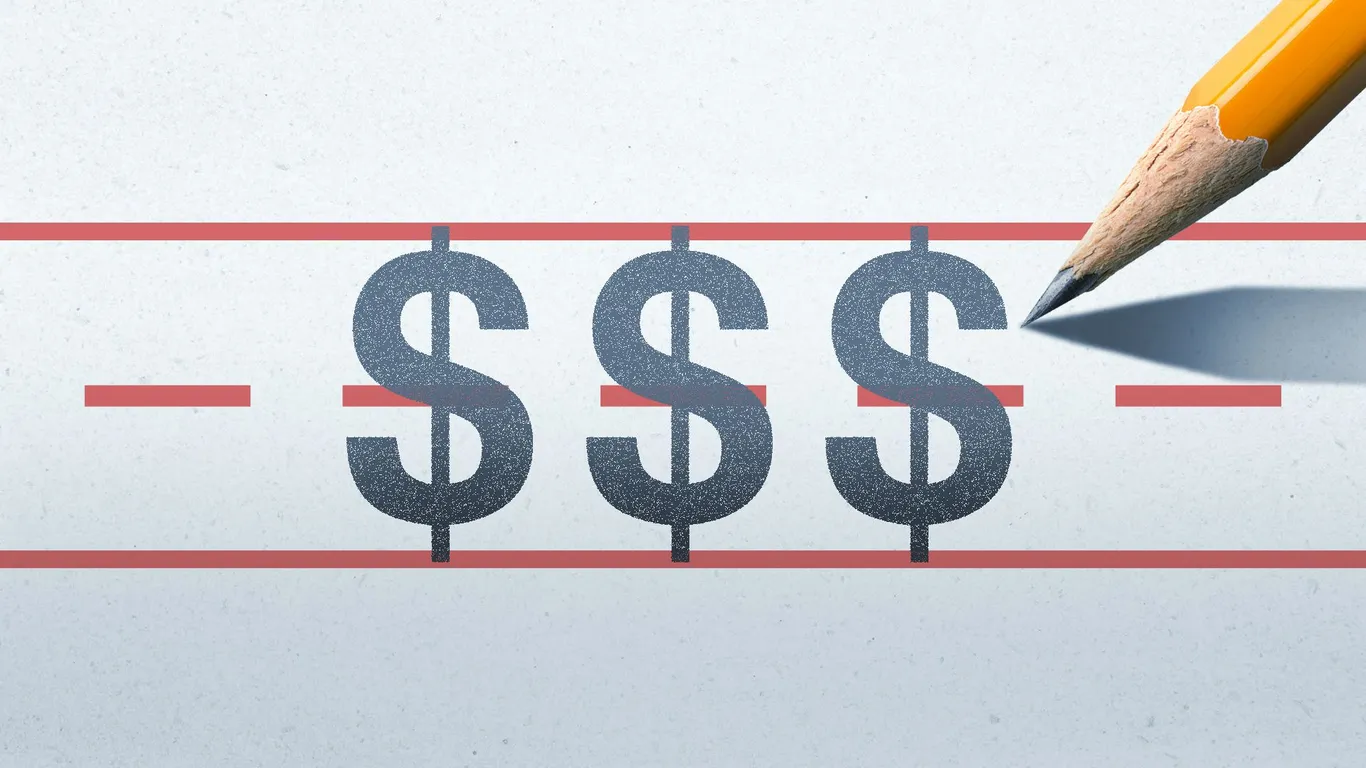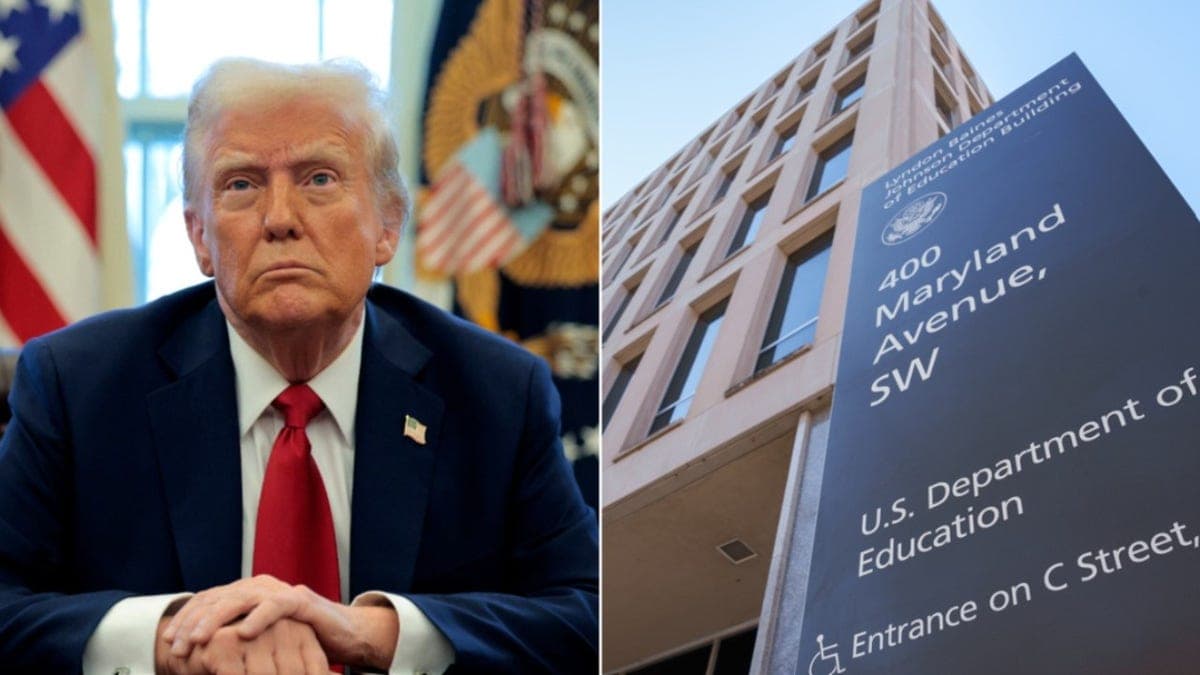The stark reality of America"s education system is that students are being deprived of the quality education they deserve, primarily due to a broken funding model. A recent proposal suggests that a mere $77 billion in federal funding could bridge the extensive gap in educational quality and equality, yet the political will to act remains elusive.
Broken School Funding Model Leaves Students Behind
Jamarria Hall, a courageous student from Detroit, exemplifies the plight of thousands of children across the nation. In 2016, Hall took a stand against the abysmal conditions of his public school, which lacked basic resources necessary for any semblance of a proper education. His lawsuit against Governor Gretchen Whitmer highlighted the pressing need for equitable education, arguing that the lack of adequate schooling directly undermines a child"s ability to exercise their constitutional rights. This case, as reported by Education Next, resulted in a groundbreaking ruling affirming a "fundamental right to a basic minimum education". However, the subsequent appellate court decision overturned this victory, exposing the fragility of legal victories in the face of systemic inequities.
Funding Inequities Widen Educational Gaps
State funding for education varies dramatically, primarily driven by local property taxes. This reliance on local funding perpetuates a system where affluent communities can invest in their schools while low-income areas languish. For instance, Milwaukee Public Schools can only raise about $5,000 per student from local taxes, while neighboring affluent districts raise over $17,000 per student. This stark disparity is not an isolated phenomenon; across the nation, schools with high populations of students of color receive $2,700 less in state and local funding per student compared to their less diverse counterparts. According to Wicked Good Policy, this funding model not only hinders educational outcomes but also exacerbates racial and socioeconomic inequalities.

Detroit Public Schools hit with lawsuit | CNN
Federal Government Must Step Up
Historically, the federal government has played a crucial role in addressing educational disparities, as seen with the Elementary and Secondary Education Act of 1965. By increasing federal aid, Congress could mandate that states allocate a minimum of 20% more funding to high-poverty districts, leveling the playing field for millions of children. This policy proposal could be funded through a $77 billion increase in federal school aid, a figure that pales in comparison to the cost of tax cuts for the wealthy, estimated at over $400 billion annually. The potential economic returns from a well-educated workforce would far exceed the initial investment.
Addressing Teacher Shortages is Urgent
The national teacher shortage further complicates the landscape. Many educators leave the profession due to inadequate pay, with the average starting salary for teachers plummeting from $56,929 in 2011 to $46,526 in 2025. This financial strain drives talented teachers to affluent districts, leaving high-poverty areas with a dearth of qualified educators. Increasing teacher salaries is a critical step in retaining talent and ensuring that every child has access to quality instruction. States must establish salary floors and provide incentives for teachers who work in high-need areas, as suggested by the Economic Policy Institute.

Tennessee continues discussions on rejecting federal education funding ...
Implementing Effective Literacy Programs
The path forward also involves adopting successful strategies from other states. For example, Mississippi has made significant strides in literacy education through targeted interventions and comprehensive literacy coaching. The state now boasts the highest reading scores in the nation, demonstrating that effective educational policies can yield remarkable results even in resource-poor environments. Such reforms could be replicated across the country, ensuring that every child receives the foundational skills necessary for academic success.



![[Video] Melania Trump announces 'Fostering the Future' coalition for children](/_next/image?url=%2Fapi%2Fimage%2Fthumbnails%2Fthumbnail-1758651072588-1ocsgj-thumbnail.jpg&w=3840&q=75)

![[Video] Left-wing radicals attack AfD politicians and journalists in Giessen](/_next/image?url=%2Fapi%2Fimage%2Fthumbnails%2Fthumbnail-1764438663474-e7iix9-thumbnail.jpg&w=3840&q=75)


